6 New Superfoods You Definitely Haven't Tried Before
A half-dozen ingredients that will change the way you eat.
By Lynn Andriani
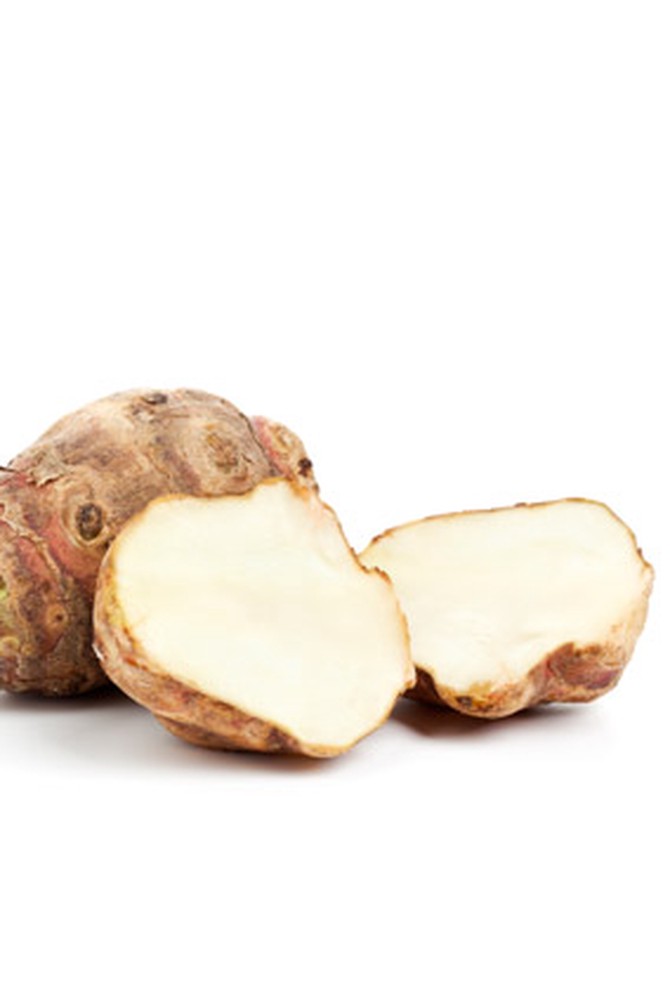
Photo: Thinkstock
Jerusalem Artichokes
Alternately known as sunchokes, these vegetables look nothing like the artichokes we're used to; they are actually tubers, which puts them in the same family as potatoes. They have double the fiber of spuds, though, and a whopping 400 times more thiamine (vitamin B1), which is important for muscle function, the functioning of the central nervous system, the metabolism of carbohydrates, and digestion. (These numbers and other nutritional information come from the USDA's National Agricultural Library.)
Also, The American Journal of Clinical Nutrition reported last year that eating foods high in thiamine can help decrease the occurrence of PMS. You can cook Jerusalem artichokes the same way you'd make potatoes: roasted, sautéed, baked or boiled. Tricia Williams, a nutritionist with certificates in holistic nutrition and food therapy, and founder of the food and nutritional counseling service Food Matters NYC, roasts them at 400 degrees with safflower oil and thyme, and eats them as a side dish. Or try dipping the cooked "chips" in guacamole or hummus. Look for them in the produce area; they're in season during winter.
Also, The American Journal of Clinical Nutrition reported last year that eating foods high in thiamine can help decrease the occurrence of PMS. You can cook Jerusalem artichokes the same way you'd make potatoes: roasted, sautéed, baked or boiled. Tricia Williams, a nutritionist with certificates in holistic nutrition and food therapy, and founder of the food and nutritional counseling service Food Matters NYC, roasts them at 400 degrees with safflower oil and thyme, and eats them as a side dish. Or try dipping the cooked "chips" in guacamole or hummus. Look for them in the produce area; they're in season during winter.
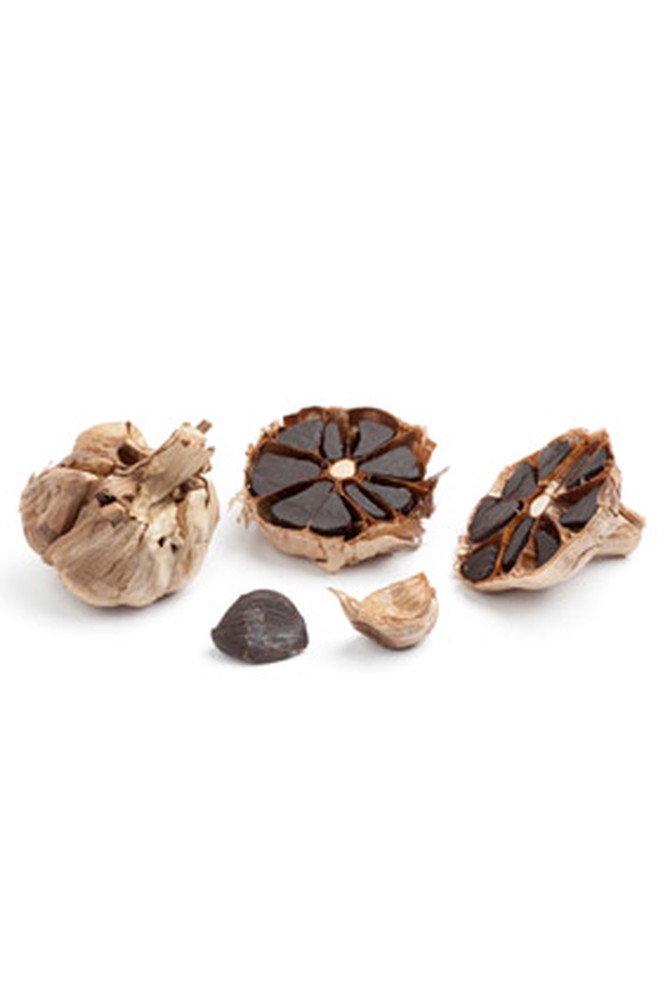
Photo: Thinkstock
Black Garlic
Take one clove garlic, ferment for three weeks, age for one week, and you've got black garlic. Thankfully, you don't have to do this yourself; the California company Black Garlic now sells it online and in health food stores and specialty food shops around the country. The darkly colored bulb will definitely raise eyebrows in your kitchen—it wouldn't seem out of place going into a witch's cauldron—but it's worth trying for two key reasons: it has double the antioxidants of white garlic, and it tastes sweeter too—almost like molasses. Williams loves it during cold and flu season because its antioxidants help support the immune system and—bonus—it doesn't stay on your breath like other garlic does. You can use it any recipe that normally calls for white garlic.
Black garlic, $4 for two bulbs, BlackGarlic.com
Black garlic, $4 for two bulbs, BlackGarlic.com
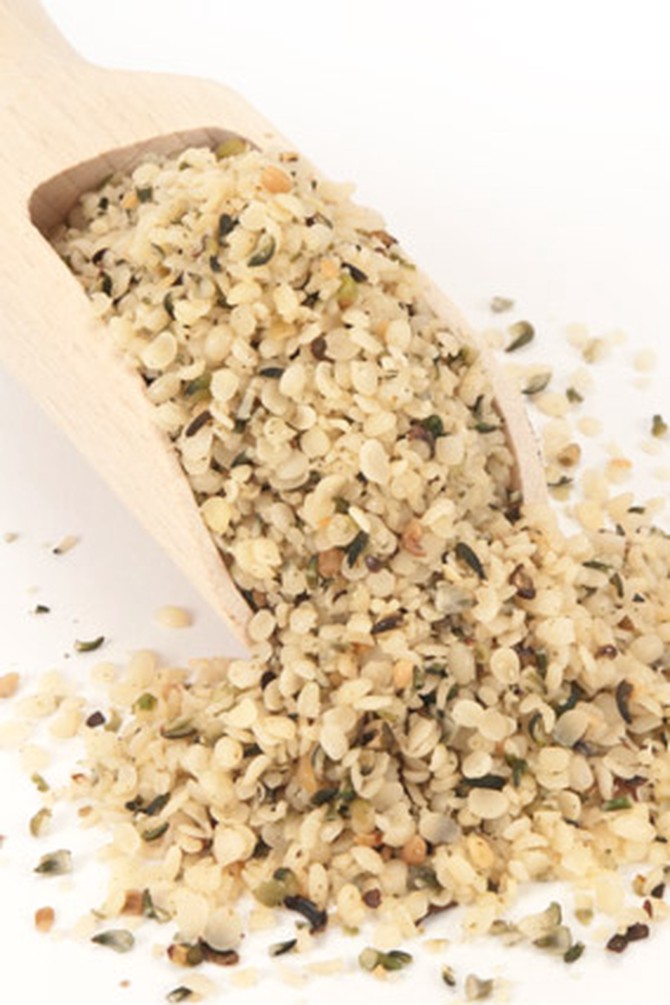
Photo: Thinkstock
Hemp Seeds
If 2011 was the year of the flaxseed, 2012 is all about hemp seeds and chia seeds (more on chia later). Rich in magnesium, potassium, iron, protein and essential omega-3, -6 and -9 fatty acids, hemp seeds are tiny but filling. And unlike flaxseeds, they aren't bound up in a hard shell, so you don't have to grind them to unlock their nutritional benefits. They taste a bit like pine nuts, and their soft texture makes them ideal for mixing into smoothies; Keri Glassman, MS, RD, CDN, and founder of the nutrition counseling and consulting practice Nutritious Life, blends them with hemp milk (though you could also use soy, almond or rice milk), bananas, cinnamon and a spoonful of peanut or almond butter for a power breakfast. You can also sprinkle them on salads.
Hemp seeds, $6 for 2 ounces, Happy-Hemp.com
Hemp seeds, $6 for 2 ounces, Happy-Hemp.com
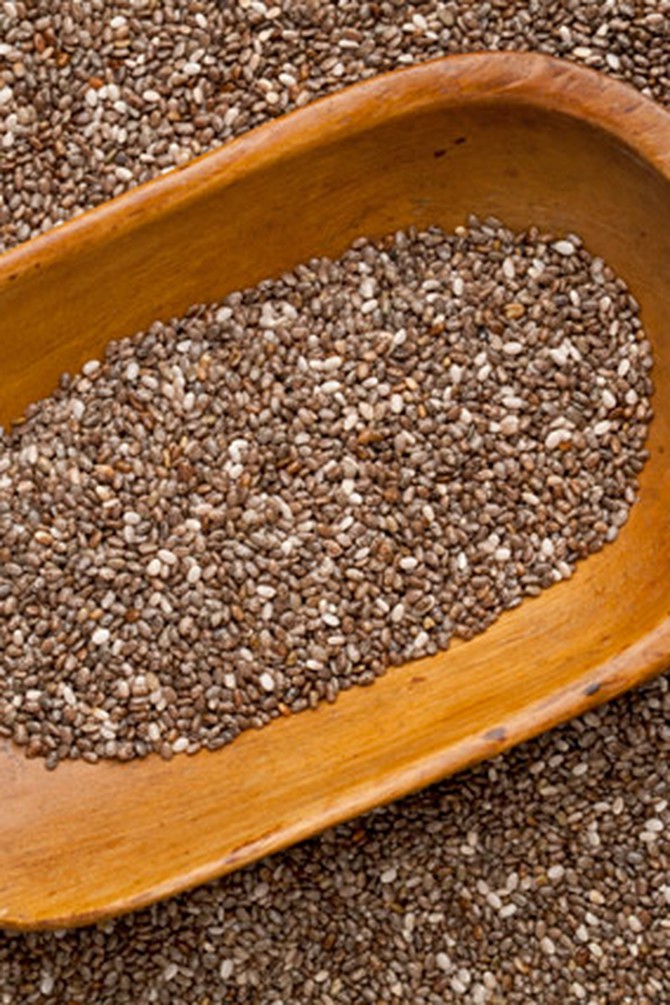
Photo: Thinkstock
Chia Seeds
Dr. Oz recently named chia seeds one of the top five supplements women should take, touting its high fiber content (11 grams in just one ounce—three times what you'll find in oatmeal), which helps you feel full more quickly and therefore eat less food in general. They are also an excellent source of protein and omega-3s. But if you aren't keen on taking a scissors to your Chia Pet (which, yes, uses sprouted chia seeds as its fur), you can buy a bag of the seeds; there are tons of uses for them in the kitchen. Glassman relies on the neutral-tasting seeds to thicken soups, since when you immerse them in liquids, they become somewhat gelatinous, making the broth creamier. You can also sprinkle them on granola, cereal, salads or even ice cream and frozen yogurt.
Chia seeds, $6 for 14 ounces, Nutiva through Amazon.com
Chia seeds, $6 for 14 ounces, Nutiva through Amazon.com
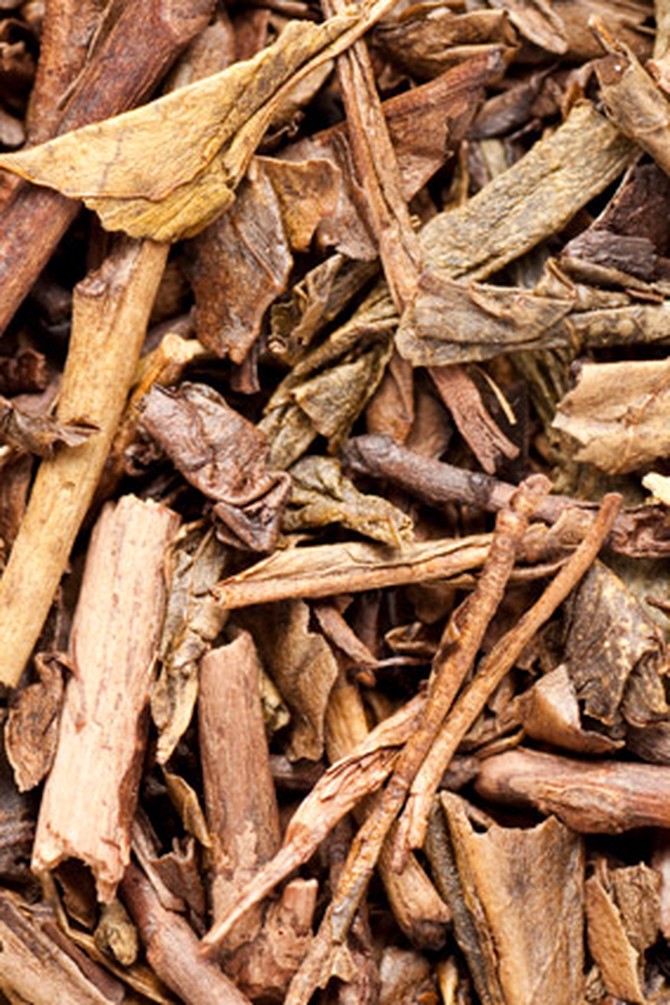
Photo: Thinkstock
Twig Tea
We've all heard about the benefits of green tea; out of all teas, it has the highest content of polyphenols, which are chemicals with potent antioxidant properties (believed to be even greater than those of vitamin C). But while green tea is made solely from the leaves of the Camellia sinensis bush, twig tea—sometimes called kukicha twig tea—is made from (you guessed it) the twigs. Roasting them yields a smoky flavor and aroma that might be just the ticket for those who find regular green tea too astringent. All the goodness of green tea is still present, though. One more perk: Twig tea contains 90 percent less caffeine than regular brewed coffee (green tea contains about 60 percent less). Drink it hot or iced, or brew a cup and add it to soup broth for added enrichment, as Glassman does.
Kukicha twig tea, $3 for 16 bags, Eden Foods through Amazon.com
Kukicha twig tea, $3 for 16 bags, Eden Foods through Amazon.com
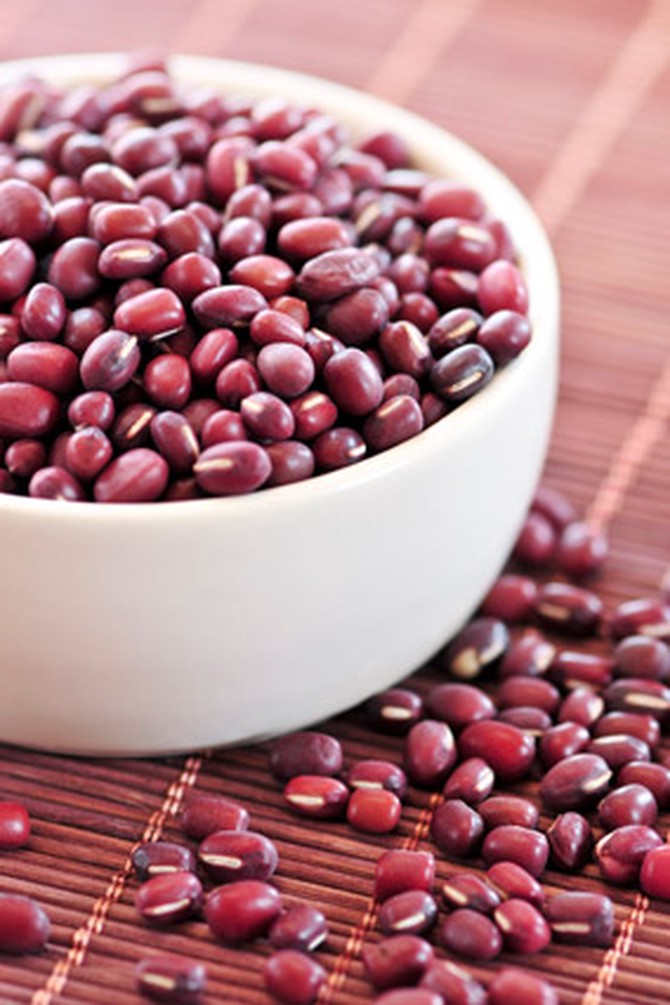
Photo: Thinkstock
Adzuki Beans
If you've ever had red bean ice cream at a Japanese restaurant, you've eaten adzuki beans. Also called azuki beans, they are russet-colored with a strong, nutty, sweet flavor. They're common in Japanese cooking, and nutritionists love them for the same reasons they adore all beans: protein. But adzuki beans have another thing going for them: They are lower in calories than black beans, garbanzos, kidney beans, pinto beans and white beans (364 calories in a half-cup). The cooked beans are healthy additions to salads, veggie burgers and dips. Or, try Williams' recipe for red bean pancakes for breakfast.
Adzuki beans, $8 for a 28-ounce bag, Bob's Red Mill through Soap.com
Keep Reading
25 more superfoods to incorporate into your diet
Adzuki beans, $8 for a 28-ounce bag, Bob's Red Mill through Soap.com
Keep Reading
25 more superfoods to incorporate into your diet
Published 02/14/2012

